The Best Medical Robotics Reflect Care Providers’ Input
Contributed By DigiKey's North American Editors
2023-04-25
Popular interest in (and industrial adoption of) robotics has hastened since the COVID-19 pandemic and all the skilled-labor shortages it exposed. Now, robots are especially viable for medical applications of all types. Designs satisfying these uses take the form of professional-grade autonomous ground vehicles (AGVs), automated testing stations, and patient-support systems to compliment the most sophisticated surgery robotics in hospitals and other medical-treatment settings. Robotic designs to satisfy medical applications are also taking the form of household appliances designed to improve the quality of life for those who wish to maintain mobility and independence via age-in-place approaches despite medical issues.
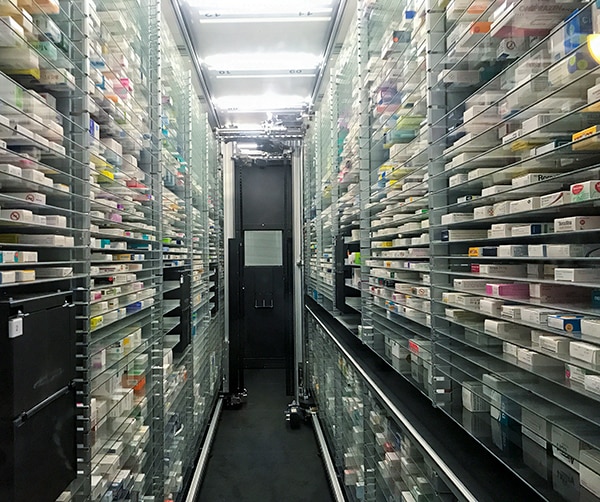 Figure 1: Medical robots take various forms. Some simply automate tasks that could be tedious or prone to increase the risk of human error. (Image source: Getty Images)
Figure 1: Medical robots take various forms. Some simply automate tasks that could be tedious or prone to increase the risk of human error. (Image source: Getty Images)
Though beyond the focus of this article, it’s worth noting that some robotics designs are adapting many of the technological advancements in home security (including video systems) and HVAC energy monitoring for household use for health-assist robotics that extend Internet of Things (IoT), home automation, and system interoperability. For example, some underlying IoT technologies are now being employed to help those aging in place to adhere to (sometimes complicated) medication schedules.
Another bourgeoning type of medical robotics — that of exoskeletons — has come to represent the convergence of prosthetics, orthotics, and wearables to help the elderly as well as warehouse and other plant personnel aiming to avoid injury during strenuous manual tasks. Many of the technologies here borrow from innovations first pursued for military applications. Nearly all include IoT connectivity and sensor arrays for feedback.
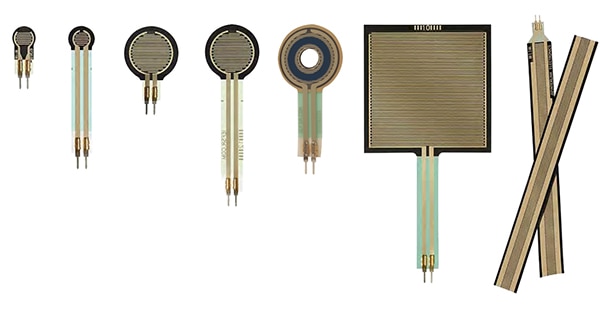 Figure 2: FSR 400-series single-zone force sensing resistors are robust polymer thick film devices that exhibit a decrease in resistance with an increase in applied force. Sensitivity is suitable for use in human-machine interfaces, medical systems, and robotics. (Image source: Interlink Electronics)
Figure 2: FSR 400-series single-zone force sensing resistors are robust polymer thick film devices that exhibit a decrease in resistance with an increase in applied force. Sensitivity is suitable for use in human-machine interfaces, medical systems, and robotics. (Image source: Interlink Electronics)
Dynamic market poised for growth
In hospitals and other medical facilities, robotics:
- Improve the repeatability of delicate procedures — as in minimally invasive surgical (MIS) procedures and other robot-assisted surgery
- Execute mundane tasks for periods longer than acceptable for medical staff — as in AGVs that shuttle bedding and other laundry around sprawling facilities
- Assist in jobs that are unsafe for caretakers — as in patient lifts and robotic beds to help the immobile from bed to chair or vice versa
- Complement automated systems employing data tracking. Watch the online video presentation How to use RFID to Increase Patient Safety and Protect Revenue for more on this topic
- Independently collect and deliver medications as well as lab specimens (leveraging secured patient data)
Such advancements can extend the capabilities of nurses, physicians, and hospital cleaning along with maintenance staff. They also present opportunities to pre-program predictable and repeatable tasks as well as leverage information from various hospital systems — to continually improve patient care and support medical-research efforts.
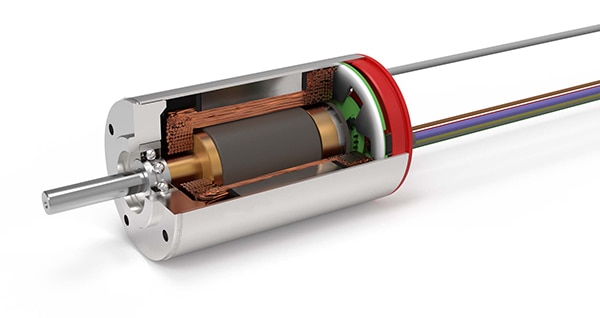 Figure 3: Electronically commutated or brushless DC (BLDC) motors are used in some medical robots to help retrain and condition arm and hand movements in patients with arm-mobility impairments. That’s because such motors are particularly compact and efficient. (Image: Portescap)
Figure 3: Electronically commutated or brushless DC (BLDC) motors are used in some medical robots to help retrain and condition arm and hand movements in patients with arm-mobility impairments. That’s because such motors are particularly compact and efficient. (Image: Portescap)
Surgical robotics continue to lead the increased automation of the medical field — for assisting surgeons as in the past and increasingly leveraging the benefits of artificial intelligence and machine learning. A report by Fortune Business Insights predicts the surgical-robot market will reach nearly $6.8B by 2026; it’s no wonder, as computer-assist systems are well-proven to help surgeons enhance patient outcomes with magnified images and precise end-effector movements not subject to fatigue, tremors, or distractions.
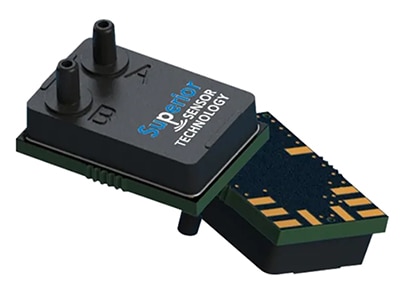 Figure 4: ND-series family extends the operating temperature from -20°C to +85°C while pressure sensors feature a wide dynamic to serve the job of half a dozen sensors having a more traditional design. More specifically, these components include integrated electronics, advanced piezoresistive elements, an ADC, a DSP, and a digital interface to track pressures from 0.25 in. H2O to 5 psi for use in various designs — including automated eye-surgery equipment and autonomous vehicles. (Image: Superior Sensor Technology Inc.)
Figure 4: ND-series family extends the operating temperature from -20°C to +85°C while pressure sensors feature a wide dynamic to serve the job of half a dozen sensors having a more traditional design. More specifically, these components include integrated electronics, advanced piezoresistive elements, an ADC, a DSP, and a digital interface to track pressures from 0.25 in. H2O to 5 psi for use in various designs — including automated eye-surgery equipment and autonomous vehicles. (Image: Superior Sensor Technology Inc.)
Other medical-robot design considerations
The best medical-robotic designs are informed by experienced hospital personnel as well as other medical professionals and caretakers. This input and a thorough understanding of human anatomy can help robot designers deliver designs of sufficient accuracy and maneuverability, whether for goods transport, caregiving, drug delivery, or surgery. Where medical robots rely on IoT data systems for realtime information, their compatibility with existing hospital networks is key.
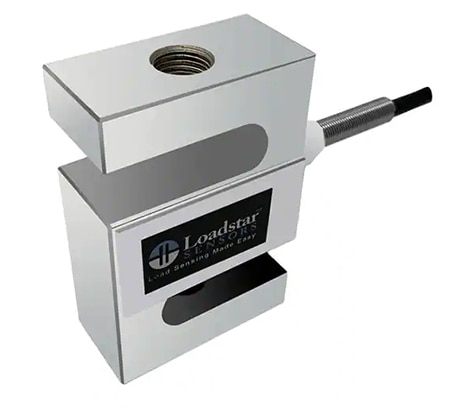 Figure 5: Components such as tension load cells ensure patient lifts are operating correctly and within design specifications. (Image: Loadstar Sensors)
Figure 5: Components such as tension load cells ensure patient lifts are operating correctly and within design specifications. (Image: Loadstar Sensors)
Medical-robot supplier requirements
Medical-robotics engineers, software developers, and suppliers must have extensive knowledge of the best practices associated with the treatment or procedure being motorized or automated. Also required is a keen understanding of underlying business requirements and viable monetization approaches for the industry.
Any systems associated with the retention of patient information require secure data management. That applies to both structured data (as held in databases) and unstructured data in text-retaining systems. Excellent network integration and analytics capabilities are core to justifying the extra data-management design efforts with predictive and adaptive system behavior.
Medical-robot data considerations
Before full-scale adoption, medical robotics should be evaluated for how they affect patient safety, treatment comfort, and outcomes. Results from previous implementations should be studied to quantify patient-recovery improvements and cost reductions. Medical-robotics programs should also be assessed for how they free existing hospital staff to put more of their focus on patient care — whether in person or remote. Where robotics prove to support hospital systems’ core missions related to quality care, patient satisfaction, and efficiency, hospital executives should be involved in communicating those benefits to staff and the local community.
Training staff on medical-robot functions
Healthcare organizations adopting medical robotics should ensure the technologies are well aligned with caretaker expertise; for all hospital staff who will interface with the new robotics, upfront and continuing training programs should be implemented. Here, standard training standards can be lacking — so organizations should seek partners to recommend and craft training modules as needed. In addition to training on how to safely operate and maintain robotics (where applicable) such instruction should also include procedures for insurance documentation and billing — complemented by readily accessible manuals and digital refresher modules for hospital staff.
Data to support connected operations
Data visibility and AI can optimize control over equipment even while imparting deep insight into various roboticized procedures. Then equipment connectivity across networks can let hospitals analyze data to assess robot programs’ effectiveness … which is especially useful where hospital systems aim to scale a given robotics program.
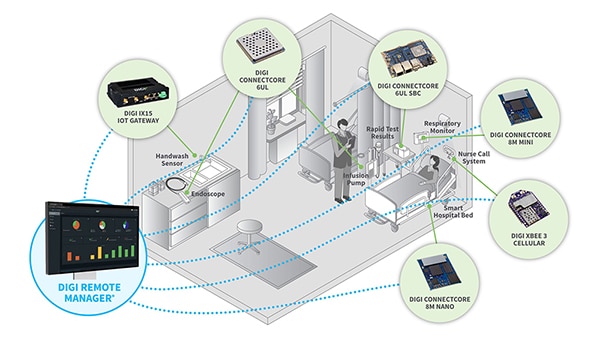 Figure 6: USB-to-serial and network-to-serial products can provide the interfaces between medical robotics and equipment not initially designed for connectivity. Data connectivity solutions can also monitor environments that must be tightly controlled — and keep mobile robotics securely and reliably connected. (Image: Digi)
Figure 6: USB-to-serial and network-to-serial products can provide the interfaces between medical robotics and equipment not initially designed for connectivity. Data connectivity solutions can also monitor environments that must be tightly controlled — and keep mobile robotics securely and reliably connected. (Image: Digi)
Data for satisfying regulatory requirements
Cohesive data-management systems can help multi-site hospital networks as well as standalone hospitals, clinics, and surgical centers more efficiently verify satisfaction of government and industry regulations. Sites employing medical robotics are more likely to have unified networks in place, or at least standard approaches to connect separate systems. The addition of robotic equipment for critical tasks also benefits from the way in which most healthcare facilities already have in place quick-response power and data backup systems.
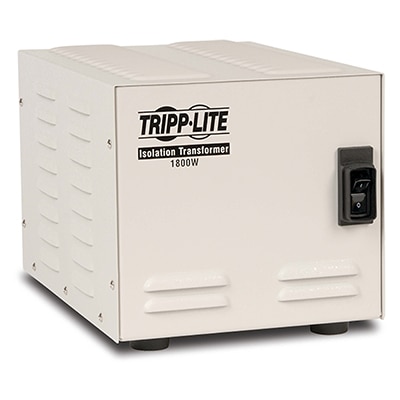 Figure 7: Medical-grade isolation transformers support the trouble-free operation of robotics and other equipment with continuous noise filtering and 100% isolation from input ac. UL 60601-1 medical-grade listing with hospital-grade plug and outlet receptacles render the transformers suitable for protecting electronic equipment in patient-care areas. (Image: Tripp Lite)
Figure 7: Medical-grade isolation transformers support the trouble-free operation of robotics and other equipment with continuous noise filtering and 100% isolation from input ac. UL 60601-1 medical-grade listing with hospital-grade plug and outlet receptacles render the transformers suitable for protecting electronic equipment in patient-care areas. (Image: Tripp Lite)
Of course, medical robotics require stringent physical security and cybersecurity. This often necessitates tightly restricted and monitored access to robotic actuators, controllers, networks, and data storage. Adherence to industry, supplier, and government regulations must be strictly satisfied and documented.
Conclusion
In the U.S., the medical industry’s adoption of robotics has continued unabated for the last decade. Those investments will likely continue as an aging populous relies more heavily on the industry — even while hospital budgets nationwide face serious challenges. After all, robotics can offer long-term operational savings for many routine healthcare functions … not to mention the most advanced options for surgeries and other treatments that are maximally precise and minimally invasive.
The caveats here are that adoption of robotics requires the clear mapping of hospital need and suitable robotics solutions; satisfying exceptionally stringent regulatory requirements; and sourcing from medical suppliers capable of long-term design support. At least for most larger hospital systems, robotics programs also require dedicated liaisons with automation expertise to coordinate continuous-improvement efforts.
Ultimately, medical-robot offerings should also be thoroughly evaluated through the lenses of patient safety and comfort as well as procedure or treatment efficiency and effectiveness.

Disclaimer: The opinions, beliefs, and viewpoints expressed by the various authors and/or forum participants on this website do not necessarily reflect the opinions, beliefs, and viewpoints of DigiKey or official policies of DigiKey.









